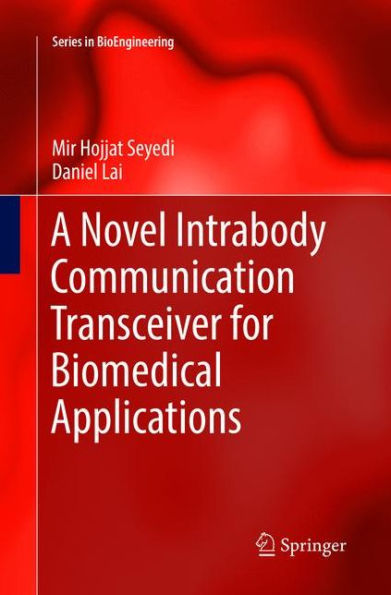Based on in-vivo experiments which determine the effects of size, situations, and locations of joints on the IBC, the book proposes a new IBC circuit model explaining elbow joint effects. This model not only takes the limb joint effects of the body into account but also considers the influence of measurement equipment in higher frequency band thus predicting signal attenuation behavior over wider frequency ranges. Finally, this work proposes transmitter and receiver architectures for intrabody communication. A carrier-free scheme based on impulse radio for the IBC is implemented on a FPGA.
Based on in-vivo experiments which determine the effects of size, situations, and locations of joints on the IBC, the book proposes a new IBC circuit model explaining elbow joint effects. This model not only takes the limb joint effects of the body into account but also considers the influence of measurement equipment in higher frequency band thus predicting signal attenuation behavior over wider frequency ranges. Finally, this work proposes transmitter and receiver architectures for intrabody communication. A carrier-free scheme based on impulse radio for the IBC is implemented on a FPGA.

A Novel Intrabody Communication Transceiver for Biomedical Applications
108
A Novel Intrabody Communication Transceiver for Biomedical Applications
108Paperback(Softcover reprint of the original 1st ed. 2017)

Product Details
| ISBN-13: | 9789811097140 |
|---|---|
| Publisher: | Springer Nature Singapore |
| Publication date: | 06/30/2018 |
| Series: | Series in BioEngineering |
| Edition description: | Softcover reprint of the original 1st ed. 2017 |
| Pages: | 108 |
| Product dimensions: | 6.10(w) x 9.25(h) x (d) |
